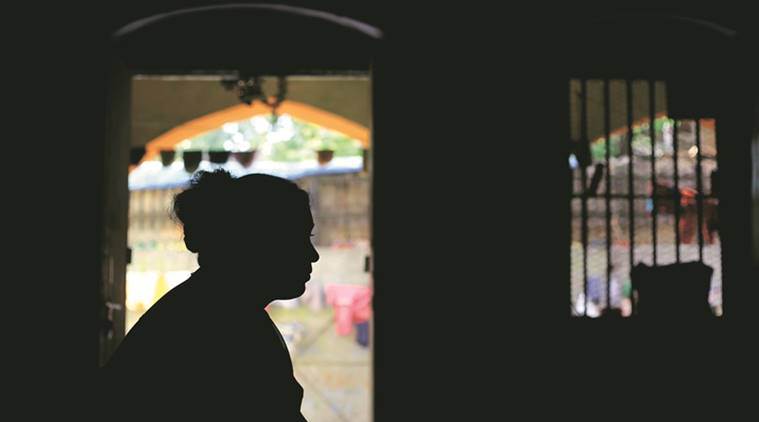India could avoid 72% of Covid-19 cases after lockdown by closing red light areas

Now this one may come as a surprise but if a study conducted by the academicians from Yale School of Medicine and Harvard Medical School is any proof then Indians are at a much lower risk of getting Covid-19 if red light areas are kept closed after the lockdown until an effective treatment or vaccine for the virus is developed. This intervention can help the Indian government significantly reduce the risk of citizens getting Covid-19, stated the study — Modelling the Effect of Continued Closure of Red-Light Areas on COVID-19 Transmission in India.
The findings of the research conducted by Yale School of Medicine has been shared with the Government of India and various state governments along with a recommendation to continue closure of red-light areas (RLAs) beyond full nationwide reopening as it can reduce the number of cases by 72% in a period of 45 days and delay the peak of Covid-19 cases by 17 days. The delay in the peak will provide the government more time and opportunities to plan and execute measures to protect public health and economy, as India moves in Lockdown 4.0. The study also states that there could be a 63% reduction in the number of deaths in the first 60 days after the lockdown ends, if red-light areas are kept closed.
As per the study, if red light areas are kept closed following the lifting of lockdown, there can be a delay in the peak of Covid-19 cases by up to 12 days in Mumbai, 17 days in New Delhi, 29 days in Pune, 30 days in Nagpur, and 36 days in Kolkata. Further, it can reduce COVID-19 cases by 21% in Mumbai, 27% in Pune, 31% in New Delhi, 56% in Nagpur, and 66% in Kolkata in a 45-day period.
The report shows that closure of red-light areas can significantly reduce deaths by 63% in India, 28% in Mumbai, 38% in New Delhi, 43% in Pune, 61% in Nagpur and 66% in Kolkata in the first 60 days. These numbers are based on the prevalent reproduction number (R0) of 2.0. The numbers could vary depending on the Reproduction number (R0), which is constantly changing with time in different locations.
In India, there are close to 6,37,500 sex workers as per the National Aids Control Organisation (NACO) and over five lakh customers visit the red light areas on a daily basis. The study shows that if the red light areas start operating, the disease will spread extremely quickly and infect a very high percentage of sex workers and customers. The high transmission rate is because social distancing is not possible during the sex act. The infected customers could spread the disease to lakhs of other citizens. Therefore, these red light areas have a combination of factors that can create a major hotspot. This hotspot can create a large percentage of the disease spread after lockdown ends. To protect citizens against this, the study recommends keeping red light areas closed indefinitely, during the Covid-19 pandemic.
The report highlights the impact of red light areas across India and in five Indian cities which are currently in the red-zone and account for some of the largest red-light areas in the country with large numbers of sex workers.
Commenting on the report, co-author, Dr Jefferey Townsend, Professor of Biostatistics, Yale School of Medicine said, “At the release of lockdown, there is a very high potential for the increase in the cases, and hence, a modulated approach is warranted. The actual scenario will depend on behaviour of individuals and our model does not predict how individuals will behave. The purpose of our modelling exercises in not to predict what will happen in the future, but to understand the effect of the intervention on the future. Our study findings show that there is a strong effect of the red-light area closures, especially immediately following the lockdown.”
The study has been created to support the central government and specifically Indian states that have the largest number of sex workers — Andhra Pradesh, Karnataka, Telangana, West Bengal, Maharashtra, New Delhi, Tamil Nadu, Madhya Pradesh, Gujarat, Uttar Pradesh, Rajasthan, and Kerala, which are some of the most affected states in India due to Covid-19.



